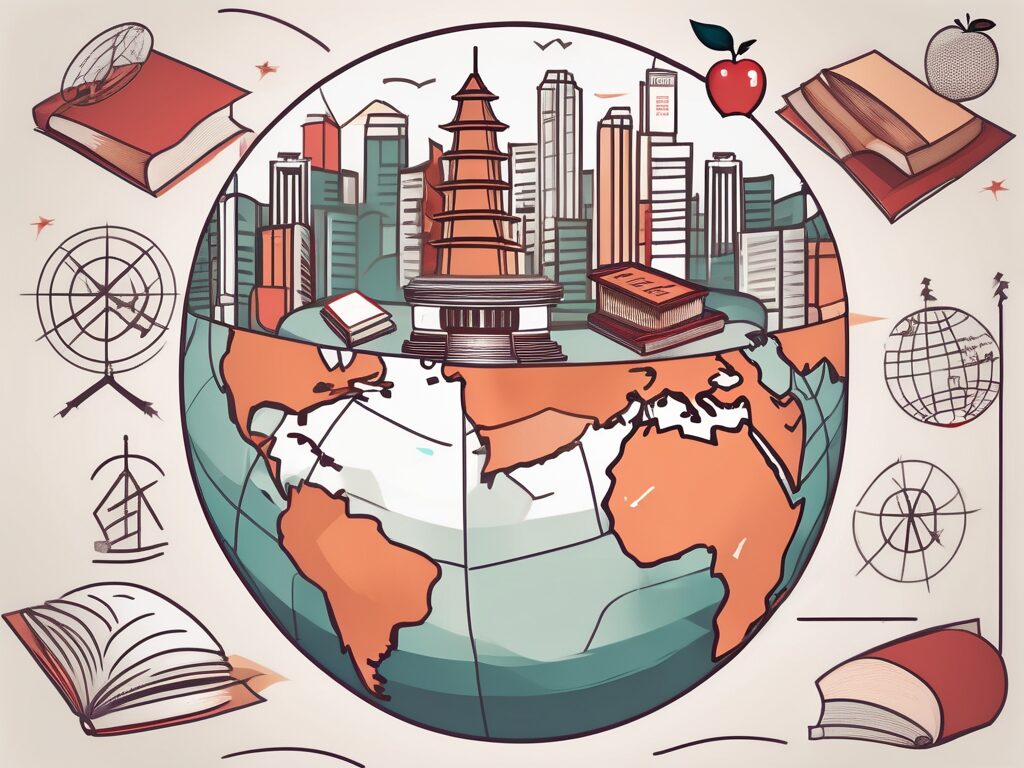How is the Education in Singapore Different from the United States?
Understanding the differences between the education systems in Singapore and the United States is crucial for aspiring international educators. This knowledge not only helps in adapting teaching methods but also enhances career opportunities in diverse educational environments. In this article, we will explore these differences and provide insights for educators looking to expand their horizons.
Why is it Important for Aspiring International Teachers?
With globalization, the demand for educators who can navigate different educational systems is on the rise. Singapore’s education system is renowned for its high standards and rigorous curriculum, while the United States offers a more flexible and diverse approach. Understanding these differences can open doors to international teaching opportunities and career advancement.
Key Skills or Qualifications Required
To teach in Singapore, educators often need a strong foundation in subjects like mathematics and science, as well as proficiency in English. In contrast, the U.S. system values creativity and adaptability. Aspiring teachers should focus on developing a versatile skill set that includes both analytical and creative teaching methods.
Steps to Get Started
1. Obtain relevant certifications: Consider certifications like the International Qualified Teacher Status (iQTS) to enhance your credentials.
2. Gain experience: Teaching experience in diverse environments can be invaluable.
3. Pursue training: Engage in professional development programs to stay updated with global teaching standards.
Challenges and How to Overcome Them
Adapting to a new education system can be challenging. Language barriers, cultural differences, and varying teaching methodologies are common hurdles. To overcome these, educators should immerse themselves in the local culture, seek mentorship, and continuously update their teaching strategies.
Best Practices and Tips for Success
– Embrace cultural diversity: Understanding and respecting cultural differences can enhance classroom dynamics.
– Stay flexible: Be open to adapting your teaching style to fit the local education system.
– Network: Connect with other international educators to share experiences and strategies.
Success Stories or Case Studies
Many educators have successfully transitioned between these two systems. For instance, a teacher who moved from the U.S. to Singapore found that incorporating interactive learning techniques from the U.S. into Singapore’s structured curriculum led to improved student engagement and performance.
Conclusion
Understanding the differences between the education systems in Singapore and the United States is essential for aspiring international educators. By acquiring the right skills, gaining relevant experience, and staying adaptable, educators can thrive in diverse teaching environments and advance their careers.
Want to become a teacher in a Tier 1 international school? Join the course here.

